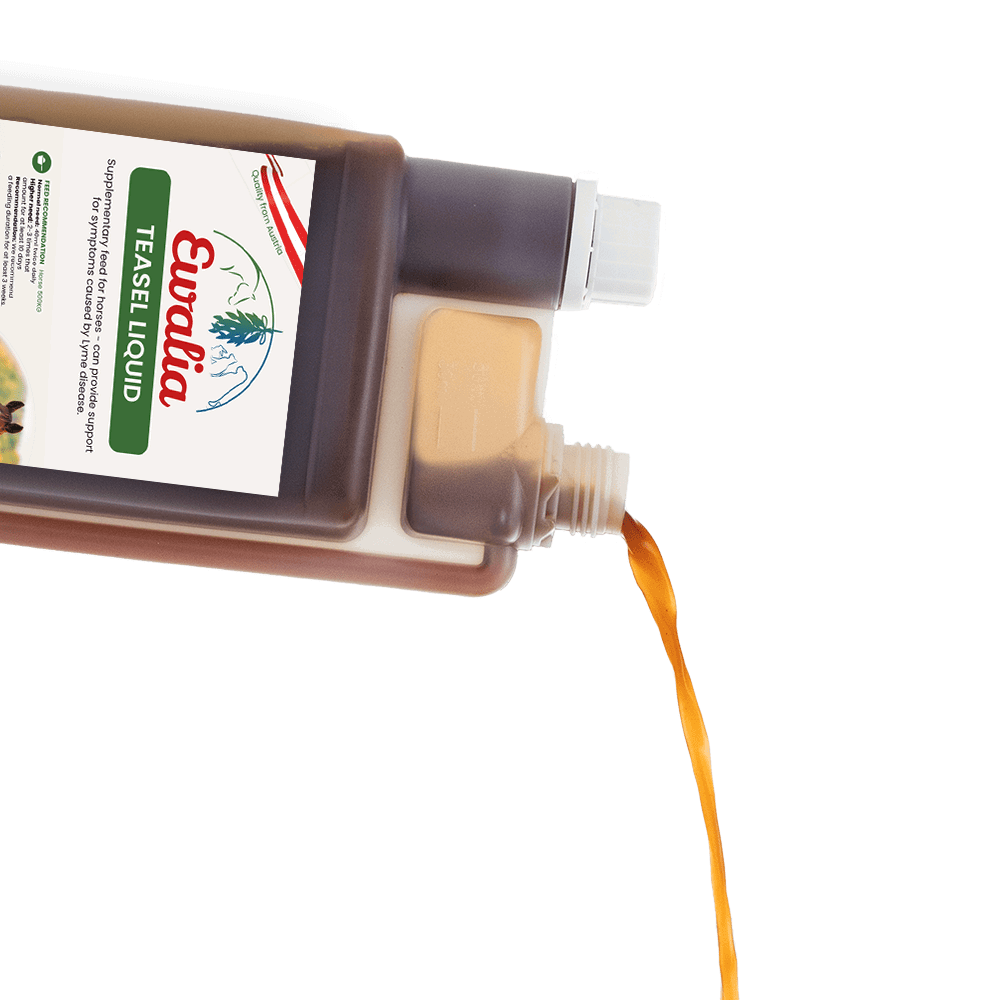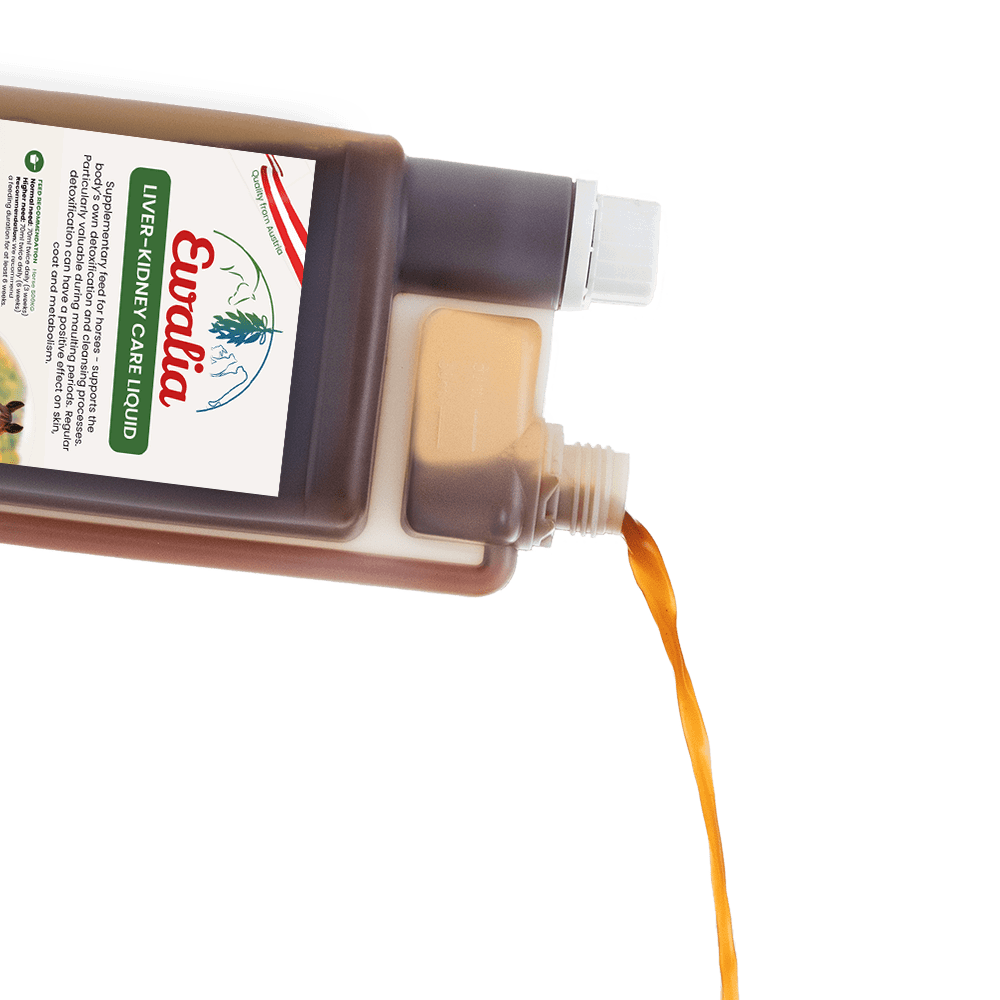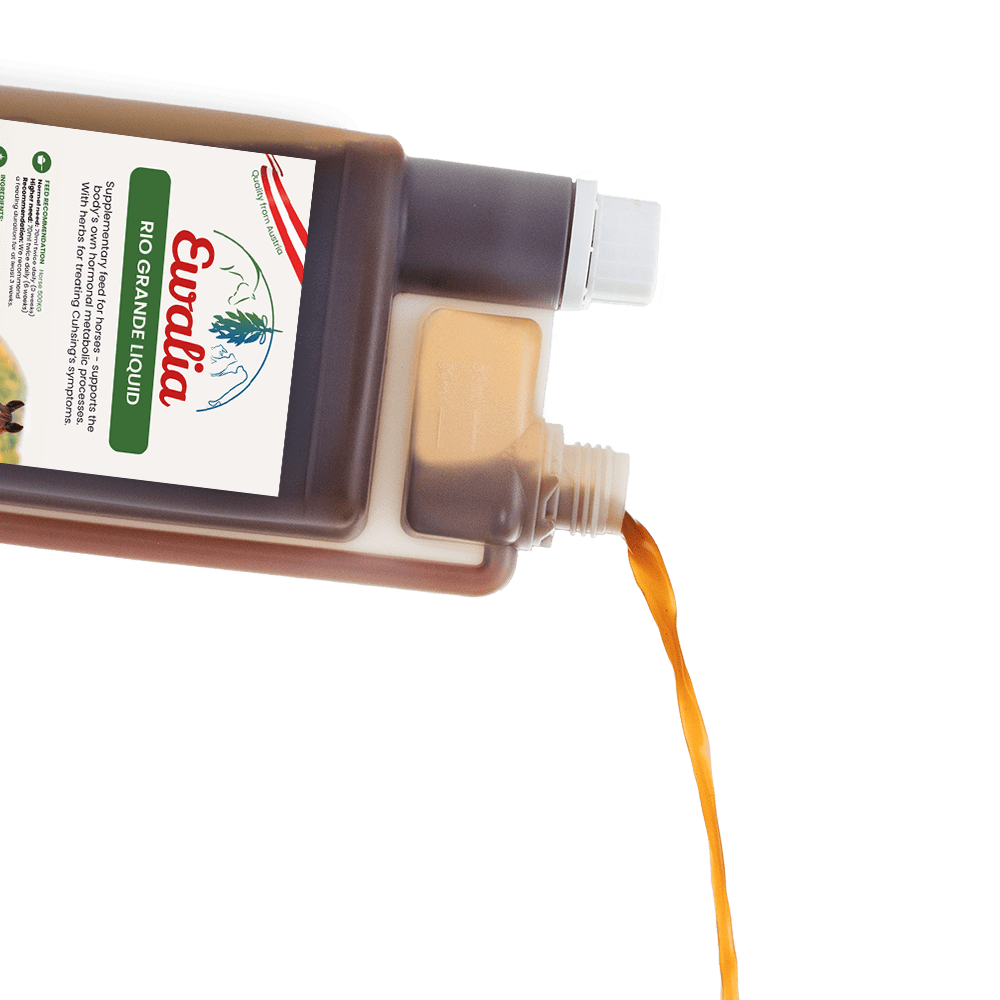Nettle

Nettle (Urtica dioica and Urtica urens) is known for its diuretic effects, helps fight mild urinary tract infections and contains inflammatory substances. Nettle has long been used as a medicinal plant, and is rich in vitamins and minerals like iron, potassium, and magnesium.
Nettle is a very well-known plant, not least due to the light wheals surrounded by a red rash that occurs upon contact with the skin. This is caused by the plant's spicules, or tiny hairs, which secrete histamine and formic acid, thus provoking this skin reaction. The wheals are harmless and usually disappear within a few hours.
The plant does not have a long history of use in medicine. First mention of this is from the Middle Ages, when it was applied externally as a tincture or poultice to treat rheumatism and joint problems.
Appearance and occurrence of nettle
Nettle is found all over the world in several species, whereby only two are relevant to medicine – Urtica dioica (stinging nettle) and Urtica urens (small nettle). The plant grows in pastures, hedges, shrubbery, vegetable patches and along paths. It prefers the mild climate of Central Europe and is extremely robust. Nettle can grow to heights of 50 cm (small nettle) and 150 cm (stinging nettle). Its leaves have coarsely serrated edges, its inflorescences are pendulous, and it has the typical stinging and bristly hairs on its stems and leaves.
Parts used and active ingredients
All parts of the nettle plant are used in medicine and they vary in importance.
The leaves contain flavonoids, essential oils, vitamins C and B, and steroids, and are sold as tea leaves or in capsule form.
The spicules contain the histamine and formic acid which cause the temporary and harmless skin irritations and thus promote blood circulation.
Nettle root contains steroid hormones, lignans, and polysaccharides and are used to treat enlarged prostates.
Nettle's medicinal effects
Nettle is said to promote the body's metabolism, making it excellent for detoxifying and a common component of various metabolic treatments.
The plant's flavonoids provide a diuretic effect, and so it is used to improve urine flow and stimulate urination, thus being key in the prevention of urinary tract infections and cystitis.
Stinging nettle (in this case the root of the plant) is also used for treating discomfort caused by an enlarged prostate (easier urination), as well as for bile and liver problems, rheumatism, and gout. Stinging nettle helps cleanse the body of toxins. Metabolic waste products are flushed out of the body through excretion via the kidneys and the urinary tract (ureter, bladder, urethra).
The use of nettle in veterinary medicine
Like in human medicine, nettle is used in veterinary medicine to promote metabolism and detoxification, as well as for liver and kidney weakness. When administered to horses or pets, they quickly show increased urine output and sometimes discolouration in the urine. Nettle should be administered in moderate quantities and in line with the individual needs of the animal. In any case, one should ensure that the animal has the opportunity to express increased amounts of urine.
Important:
Do not administer nettle in cases of oedema from reduced heart or kidney activity. Nettle should not be given to pregnant animals, as it may trigger uterine contractions and thus lead to pregnancy loss. Note: The limited effects of herbal remedies do not replace standard medical treatment.
















